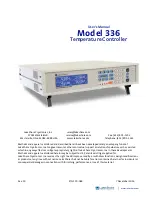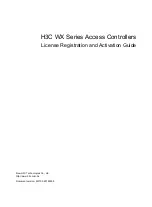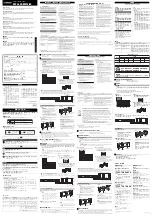
Serial audio interface (SAI)
RM0090
944/1731
DocID018909 Rev 11
Bit 12
MONO
: Mono mode. This bit is set and cleared by software.
0: Stereo mode
1: Mono mode.
This bit has a meaning only when the number of slots is equal to 2.
When the Mono mode is selected, the data of the slot 0 data is duplicated on the slot 1 when the
audio block is a transmitter. In reception mode, the slot1 is discarded and only the data received
from the slot 0 will be stored.
Refer to
for more details.
Bits 11:10
SYNCEN[1:0]:
Synchronization enable. This bit is set and cleared by software.
00: audio block is asynchronous.
01: audio block is synchronous with the other internal audio block. In this case audio block should be
configured in Slave mode
10:
Reserved.
11: Not used
These bits have to be configured when the audio block is disabled.
Bit 9
CKSTR:
Clock strobing edge. This bit is set and cleared by software.
0: data strobing edge is falling edge of SCK
1: data strobing edge is rising edge of SCK
This bit has to be configured when the audio block is disabled.
Bit 8
LSBFIRST:
Least significant bit first. This bit is set and cleared by software.
0: data is transferred with the MSB of the data first
1: data is transferred with the LSB of the data first
This bit has to be configured when the audio block is disabled.
This bit has no meaning in AC’97 audio protocol since in AC’97 data is transferred with the MSB of
the data first.
Bits 7:5
DS[2:0]:
Data size. These bits are set and cleared by software.
000: Not used
001: Not used
010: 8-bit
011: 10-bit
100: 16-bit
101: 20-bit
110: 24-bit
111: 32-bit
When the companding mode is selected (bit COMP[1:0]), these DS[1:0] are ignored since the data
size is fixed to 8-bit mode by the algorithm itself.
These bits must be configured when the audio block is disabled.
Note: When AC’97 mode is selected the data sizes that can be used are: 16-bit or 20-bit only, else
SAI behavior is not guaranteed.
















































